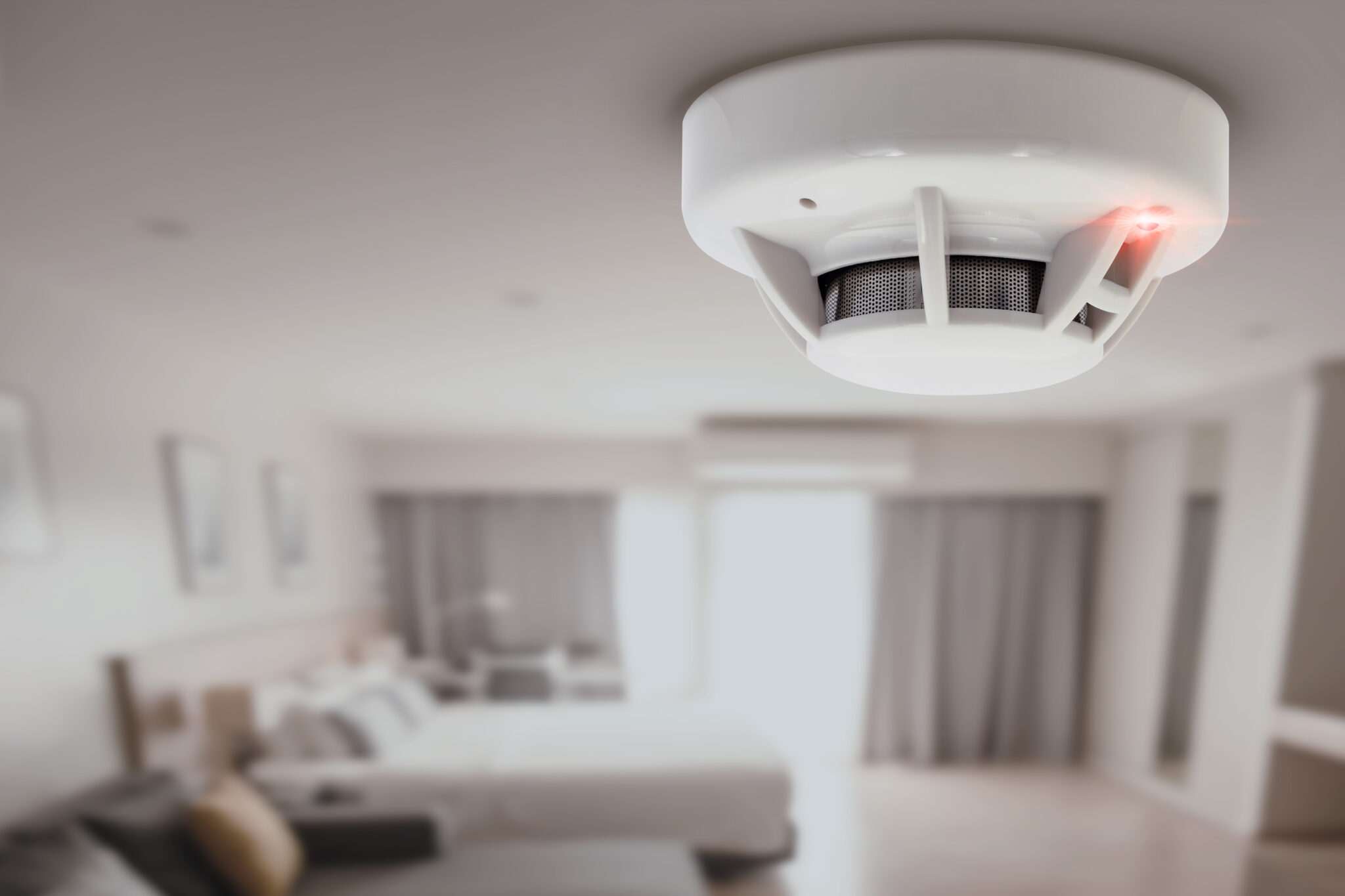

When it comes to protecting rental properties in South Africa, both landlords and tenants have various insurance coverage options to consider. Understanding these options ensures that both parties are adequately protected against potential risks and damages. Here’s a detailed look at the different types of insurance coverage available for landlords and tenants in South Africa.
Landlord Insurance Coverage
Landlord insurance provides essential protection for property owners who rent out their homes or apartments. This type of insurance typically covers several key areas:
1. Property Damage
Landlord insurance covers damage to the physical structure of the rental property caused by risks such as fire, storms, vandalism, and other specified perils. This ensures that the landlord can repair or rebuild the property without bearing the entire financial burden. For example, if a severe storm damages the roof of the rental property, landlord insurance will cover the repair costs, helping the landlord avoid significant out-of-pocket expenses. Moreover, this coverage extends to various parts of the property, including walls, floors, ceilings, and built-in appliances, ensuring comprehensive protection against unexpected damages.
2. Liability Protection
Liability protection is crucial for landlords. It covers legal and medical expenses if a tenant or visitor is injured on the rental property and the landlord is found liable. For example, if a tenant slips and falls due to a broken step, liability coverage can help pay for medical bills and legal fees. This type of coverage also protects the landlord against lawsuits related to injuries or damages that occur on the property. In addition to covering medical expenses, liability protection may also cover legal defense costs, settlements, and judgments, providing the landlord with peace of mind and financial security in case of unexpected legal claims.
3. Loss of Rental Income
If the rental property becomes uninhabitable due to a covered peril, such as a fire or severe storm, loss of rental income coverage compensates the landlord for the lost rent. This ensures the landlord’s income stream is not disrupted while the property is being repaired. For instance, if a fire damages the property and makes it unlivable for several months, loss of rental income coverage will reimburse the landlord for the rent they would have received during that period. This type of coverage is particularly important for landlords who rely on rental income to cover mortgage payments and other expenses associated with the property.
4. Additional Structures
This coverage includes structures on the rental property that are not part of the main building, such as garages, sheds, or fences. Damage to these additional structures is covered under the landlord insurance policy. For example, if a storm damages a detached garage on the property, the insurance policy will cover the repair costs. This ensures that all aspects of the rental property, not just the main building, are protected against potential risks. By including additional structures in the coverage, landlords can avoid unexpected repair costs and maintain the overall value and functionality of their rental property.
5. Optional Add-Ons
Landlords can choose optional add-ons to enhance their coverage. These may include:
- Flood Insurance: Covers damage caused by flooding, which is typically not included in standard landlord insurance. This is particularly important for properties located in flood-prone areas, providing essential protection against flood-related damages.
- Earthquake Insurance: Provides protection against earthquake-related damages. For landlords in regions with seismic activity, this add-on offers crucial financial protection against earthquake-induced damages to the rental property.
- Emergency Coverage: Covers immediate repairs that must be made to prevent further damage to the property. This can include urgent repairs to roofs, windows, or other structural elements to secure the property and prevent additional damage.

Tenant Insurance Coverage
Tenants also need protection for their personal belongings and liability. Renter’s insurance, also known as tenant insurance, provides this coverage. Here are the key components of tenant insurance:
1. Personal Property Coverage
Personal property coverage protects tenants’ belongings, such as furniture, electronics, clothing, and other personal items, against risks like fire, theft, vandalism, and certain natural disasters. This ensures that tenants can replace their belongings if they are damaged or stolen. For example, if a fire breaks out in the rental unit and destroys the tenant’s furniture and electronics, personal property coverage will provide funds to replace these items. This type of coverage is essential for tenants, as it protects their valuable possessions and helps them recover quickly after a loss.
2. Liability Protection
Liability protection in a tenant insurance policy covers legal and medical expenses if the tenant is found responsible for injuries to others or damage to the landlord’s property. For instance, if a tenant’s guest is injured in the rental unit, liability coverage can help pay for medical bills and legal costs. This coverage also protects tenants if they accidentally cause damage to the rental property. For example, if a tenant accidentally starts a kitchen fire that damages the rental unit, liability coverage can help cover the repair costs and any legal claims arising from the incident. By having liability protection, tenants can avoid significant out-of-pocket expenses and legal issues.
3. Additional Living Expenses
If the rental unit becomes uninhabitable due to a covered event, such as a fire or severe weather, additional living expenses (ALE) coverage helps pay for temporary housing and related costs. This ensures that tenants have a place to stay while their rental unit is being repaired. For example, if a storm severely damages the rental unit and makes it unlivable for several weeks, ALE coverage will cover the cost of a hotel or temporary rental accommodation, as well as expenses for meals and other essentials. This type of coverage provides crucial support for tenants during challenging times, allowing them to maintain their standard of living while their rental unit is being restored.
4. Medical Payments
This coverage pays for medical expenses for guests injured in the tenant’s rental unit, regardless of who is at fault. It provides a layer of protection for tenants if someone is hurt while visiting their home. For instance, if a guest trips and falls in the rental unit and requires medical attention, medical payments coverage will help cover the cost of their treatment. This type of coverage ensures that guests receive the necessary medical care without creating a financial burden for the tenant. It also helps prevent potential disputes and maintains positive relationships between tenants and their guests.
5. Optional Add-Ons
Tenants can also choose optional add-ons to enhance their coverage. These may include:
- Replacement Cost Coverage: Instead of reimbursing the actual cash value of damaged items (which factors in depreciation), replacement cost coverage pays the cost of replacing the items with new ones. This ensures that tenants can fully replace their lost or damaged belongings without incurring additional costs.
- Pet Damage Coverage: Covers damages caused by pets to the rental unit. For tenants with pets, this add-on provides essential protection against potential damages their pets might cause, such as chewing on fixtures or scratching walls.
The Importance of Understanding Policy Details
Both landlords and tenants should carefully review their insurance policies to understand what is covered and what is excluded. Knowing the details of their coverage ensures that they are adequately protected and can avoid potential disputes or misunderstandings. For example, landlords should check if their policy covers damage caused by tenants’ negligence, while tenants should verify if their policy includes coverage for high-value items like jewelry or electronics. Understanding policy details helps both parties make informed decisions and ensures that they have the right level of protection in place.
Tips for Choosing the Right Coverage
For Landlords:
- Assess Property Value: Ensure the coverage amount reflects the current value of the rental property and any additional structures. This helps prevent underinsurance and ensures that the property can be fully restored after a loss.
- Consider Tenant Risks: Evaluate the risks associated with renting to tenants and choose liability coverage accordingly. For example, if the property has a pool or other high-risk features, consider increasing liability coverage to account for potential accidents.
- Review Policy Limits: Check policy limits for loss of rental income and ensure it aligns with the rental income generated by the property. This ensures that the landlord’s income is adequately protected if the property becomes uninhabitable.
For Tenants:
- Inventory Belongings: Create an inventory of personal belongings to determine the appropriate amount of personal property coverage needed. This helps ensure that all valuable items are covered and simplifies the claims process if a loss occurs.
- Evaluate Liability Needs: Consider the potential risks and choose liability coverage that provides adequate protection. For example, tenants who frequently host guests should consider higher liability limits to cover potential injuries or damages.
- Compare Policies: Compare different renter’s insurance policies to find one that offers comprehensive coverage at an affordable price. Look for policies that include essential coverages like personal property, liability, and additional living expenses, and consider optional add-ons that fit your specific needs.
Working Together for Comprehensive Protection
Landlords and tenants can work together to ensure comprehensive protection for the rental property and personal belongings. Open communication about insurance requirements and expectations can help both parties understand their roles and responsibilities. For example, landlords can inform tenants about the need for renter’s insurance and provide guidance on choosing the right coverage. Tenants can share information about their insurance policies with landlords to ensure that both parties are adequately protected.
Lease Agreements and Insurance Requirements
Landlords can include insurance requirements in the lease agreement to ensure tenants have renter’s insurance. This not only protects the tenant’s belongings but also provides additional liability coverage that can benefit both parties. For example, a lease agreement might require tenants to have a minimum amount of liability coverage to protect against potential damages or injuries. Including insurance requirements in the lease agreement ensures that tenants are aware of their responsibilities and helps prevent disputes related to insurance coverage.
Regular Policy Reviews
Both landlords and tenants should review their insurance policies regularly to ensure they have adequate coverage as their circumstances change. Updating coverage limits, adding optional protections, and understanding policy details can help avoid gaps in coverage. For example, if a landlord makes significant improvements to the rental property, they should update their property damage coverage to reflect the updated value. Similarly, if a tenant acquires new valuable items, they should update their personal property coverage to ensure these items are protected. Regular policy reviews help both parties stay informed about their coverage and make necessary adjustments to maintain adequate protection.
Understanding the different coverage options available for landlords and tenants in South Africa is essential for protecting rental properties and personal belongings. Landlord insurance provides vital protection against property damage, liability, and loss of rental income, while tenant insurance covers personal property, liability, and additional living expenses. By choosing the right coverage and working together, landlords and tenants can ensure comprehensive protection and peace of mind. Regular communication and policy reviews help both parties stay informed about their coverage and make necessary adjustments to maintain adequate protection.
Insurance.co.za Content Team
We’re a specialist team of insurance and finance copywriters and content producers. The Insurance.co.za Content Team is a flexible and dynamic team. Hence we publish our content under the Insurance.co.za brand name rather than our personal names.
Other posts





